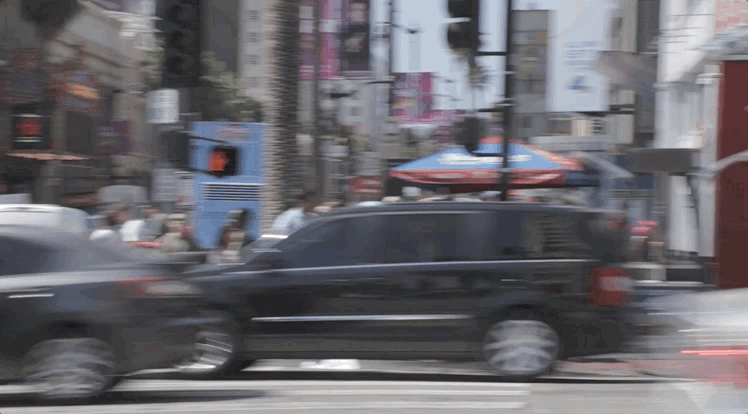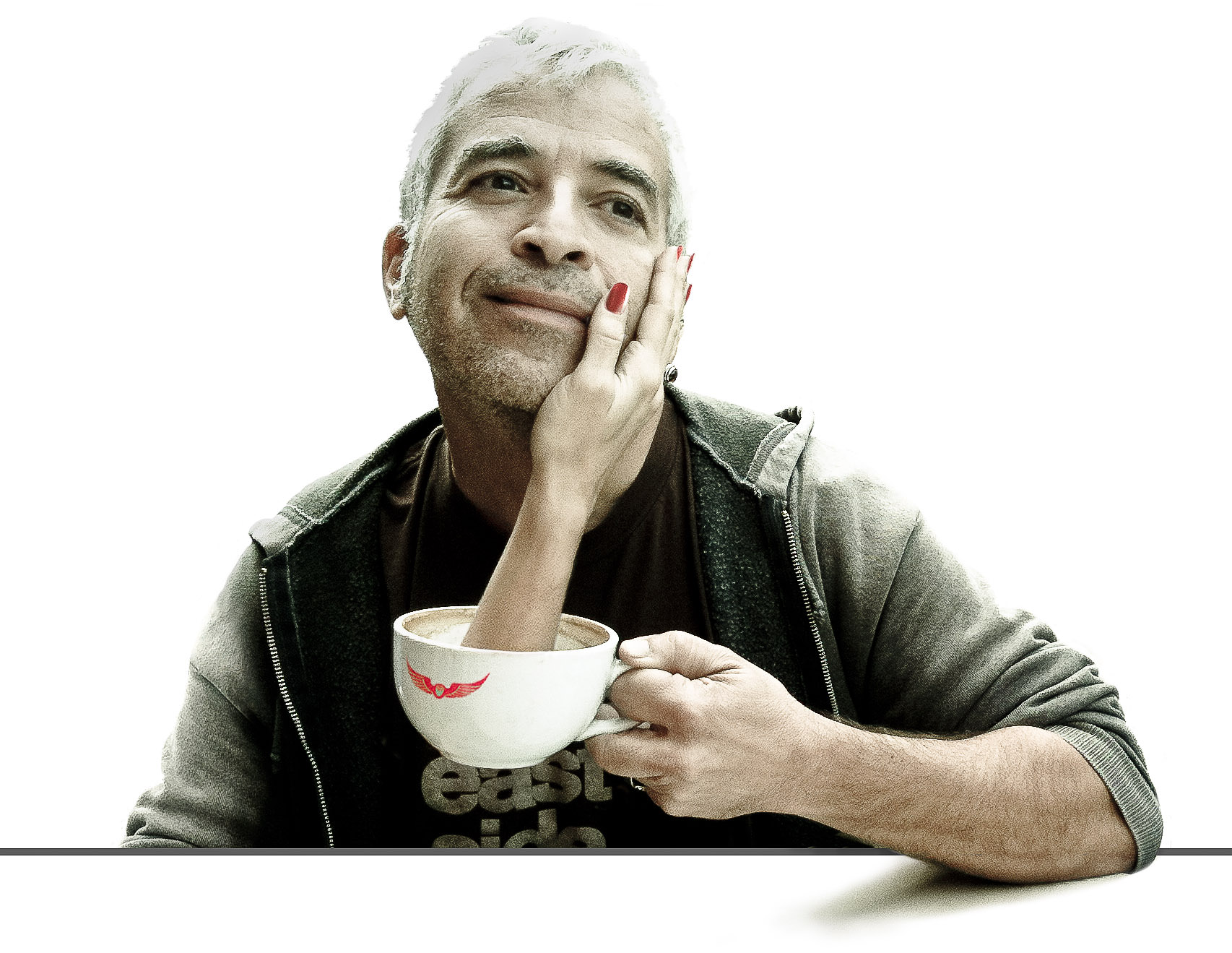
STREET SAFARI
Street Safari — Humans in the Wild
From The Human Catalog — An Encyclopedia of Human Breeds
“Surely one zoo in the world should have the courage to draw the ultimate conclusion about our ancestry? A cage with Homo Sapiens in all its varying forms, perhaps then we would understand ourselves better. The question of course is whether the other animals would approve of it.”
― Cees Nooteboom
It’s important for me to capture these subjects in their natural context, so many of my images from these expeditions are passing glimpses into their movements. And likewise, many of my descriptions of their breeds come from previous observations and interactions, and is purely conjecture. — Koudis
“The Hidden and the Hunted” — There are a million breeds in the naked city. Some walk briskly out in the open, just anxious to get to their next safe-spot. Others move slowly in the shadows, seeking prey with conviction. They all walk past shuttered spaces and over fallen stars — reminders that it all can vanish in a flash.
“King of the Jungle” — While in the wild, I came upon this most curious artifact of Homo sapiens’ society. This global species seems to change its leaders so quickly that the thrones are often empty. Note the quick checkout scanner, the hourglass and the trash can in the background, all for the ease of a prompt overthrow.
“The Protectors” — Cognizant to the faintest of sounds, Avus defensor on the left senses danger upriver, and prepares to take decisive action to protect his charge, Infantum californianus. The passing Park Warden (Circumitor gignentia) on the right, appears to be distracted, but is far from it. In fact, his device instantly connects him to all things menacing.
I’ve observed much protective behavior in my expeditions, which is both fortunate that it exists, yet sad that it’s needed.
“Worker Bea” — Her tireless quest for provisions brings her through areas she would rather not transverse — yet she does this mission daily. She keeps her eyes ahead and her mind focused on her lists. A single Bea can carry half her weight in rations, but her love for her family keeps her going. And going.
This breed, Americanus Touristus Famosus, finds itself on a pilgrimage to Hollywood, its holy mecca. They come here to see the remnants of the shapers of their culture. Here they are shown riding atop a moving example of the most sacred of them all. They have many gods—their idols, their heroes. And they have just as many anthems to worship them with:
Baby, you can drive my car
Yes, I’m gonna be a star
Baby, you can drive my car,
And maybe I’ll love you
The Revolt — I’ve noticed elevated tension and fear among the species. They seem to know they are in danger of extinction. Planet-wide, they are acting in protest, divided into Red, Blue, Green, In or Out — it’s hard to keep track. But it’s increasingly evident to this observer that they will survive.

















